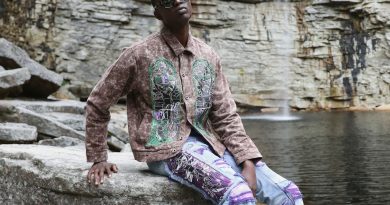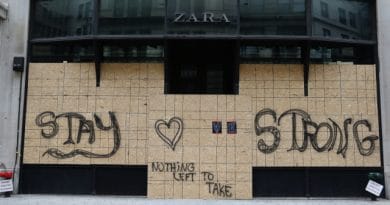Are Hats the New Sneakers? | News & Analysis
NEW YORK, United States — “I used to dress from the bottom up. I would get my sneakers first and everything else came after. But now, I find myself, putting on a hat first,” says Tab Hunter, a 32-year-old, Queens-dwelling streetwear aficionado and avid collector of baseball caps.
Hunter wears a different, colour-coordinated hat practically every day, picked from his collection of over six hundred models. The wool and polyester 59FIFTY baseball caps — made by New Era, embroidered with licensed sports team logos and fitted to size with no adjustable snaps — are known to the New York City scene that has grown up around them as “fitteds.”
Hunter also owns over 100 pairs of sneakers and is accustomed to waiting in long lines for limited-edition shoes like Nike’s Air Jordan Altitudes and Foamposites. But last year, just before the Covid-19 pandemic shut down the city, a friend suggested they camp out outside Hat Club on Broadway and Bond in Noho on a freezing February night to buy a limited-edition “Green Eggs and Ham” New York Yankees hat with a ’99 World Series patch on the side.
Hunter thought his friend was crazy, but he made the trip anyway, traveling from South, Jamaica, Queens, a predominantly African American middle-class neighbourhood near JFK airport in the middle of the night. At 3 am, there were only five to six people in line, but by the time the store opened at 11am, the queue wrapped around the block. “There have been lines for Supreme. There have been lines for Kith. There have been lines for Nike. There have always been lines. But the fact that people were lining up for fitted hats? It threw people for a loop, you know.” says Hunter, who goes by “Patchwork Tab” in the fitted hat community.
The “Green Eggs and Ham” hats were sought after, but what really made them unique was their “pink bottoms,” a colourful departure from the typical greys and blacks used on the underside of visors.
Justin Farnham, Hat Club’s Noho store manager, is credited with creating the custom colour, which started the trend months earlier, earning him the moniker, “Pink Bottom Jus” or “PBJ.”
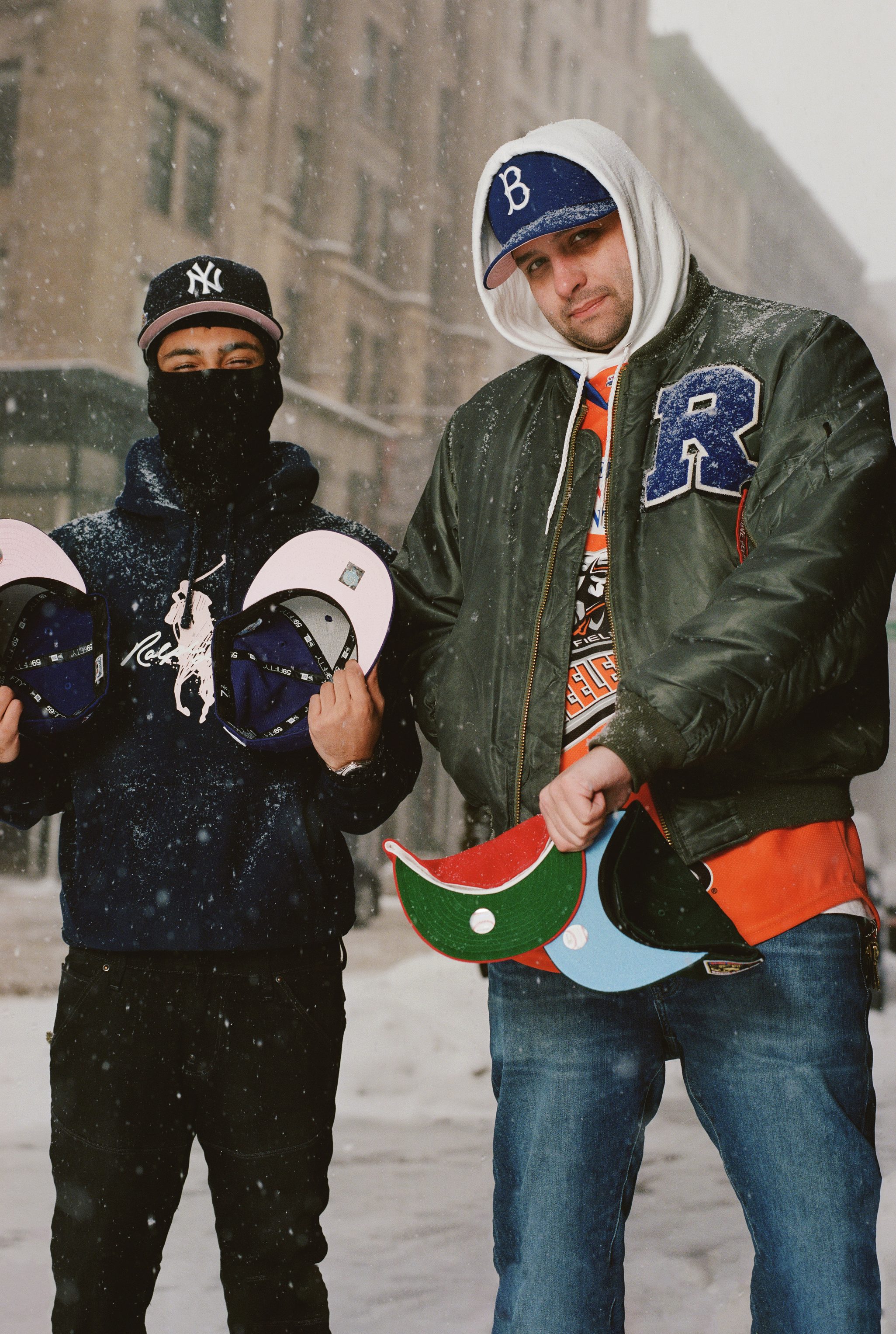
Darius “Frsty Preme” Drumright and Justin “Pink Bottom Jus” Farnham, who created “fitteds” with pink undervisors to honour Drumright’s late mother, who died of breast cancer. Lucas Creighton.
“In May of 2019, my homie Frosty Preme wanted to do a pink bottom in honour of his mom who died from breast cancer. So, instead of putting a breast cancer patch on the side like a lot of other places, we decided to do a pink bottom undervisor,” explains Farnham, whose first models were only for friends and family. But word spread and when Hat Club decided to release a full collection to the general public in November, a line of over 100 people had formed outside the Noho store just two hours after it was announced on Instagram. (Hat Club also has a second location in Roosevelt Field Mall on Long Island).
In New York City, fitted caps are bucking the downward sales trend afflicting the wider pandemic-hit fashion industry. New Era, the official on-field supplier of headwear for Major League Baseball (MLB), the National Football League (NFL) and the National Basketball League (NBA), has suffered over the last year, as the pandemic crushed sales at retail chains and stadium concessions. But “fitted” sales in New York have been a bright spot for the company, says Tom Keough, New Era’s senior manager of lifestyle sales and marketing. The uptick in fitted cap sales in the New York City area began in the early months of 2019. But in 2020, they exploded, topping 900,000 units, a 257 percent year-on-year increase. (The hats retail for $45 to $65 each, implying $40.5 million to $58.5 million in local sales last year).
Like sneakers, fitted caps have a long history in New York City’s popular culture. It was “Do The Right Thing” director Spike Lee, who in 1996, at the height of his popularity, asked New Era to make a New York Yankees cap in red to match his down jacket, a departure from the traditional navy, which required the approval of the baseball team’s imperious then owner George Steinbrenner.
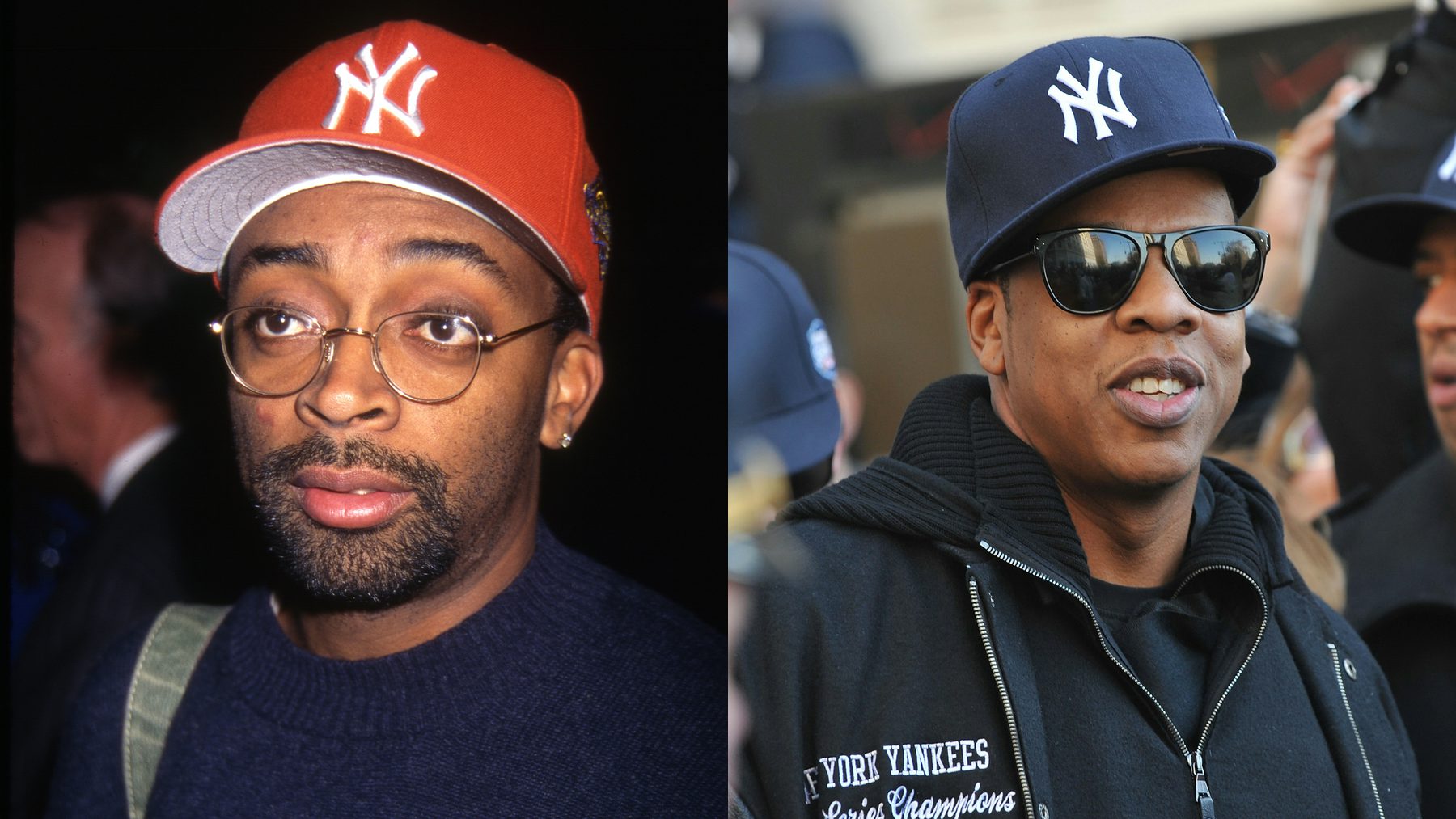
Left: Film director Spike Lee, wearing a red New York Yankees baseball cap at a fashion show in 1998; Right: Jay-Z attends the New York Yankees World Series victory parade in 2009. Getty Images.
“Major League Baseball embraced the idea that they could be cultural,” recalls Paul Satchel, a co-founder of Hat Club. “We could be fashionable. This is maybe not just solely about sports.”
That year the New York Yankees won the World Series. But at the same time, many of the hip-hop stars ascending to the peak of popular culture were wearing “fitteds.” A Yankees cap was P. Diddy’s accessory of choice, punctuating his flashy looks with a symbol of hometown pride. By 2009, Jay-Z was bragging “I made the Yankee hat more famous than a Yankee can.”
Now, fitted caps are front and centre again in New York. “I think every seven to ten years, you get a resurgence of new energy for the simple fact that it’s a new generation coming up,” says Li Huang, the owner of one of the first all fitted hat stores in the Bronx, aptly called 4U House of Fitted Caps, which has seen sales rise by 200 percent this year. “It’s just as important as sneakers.”
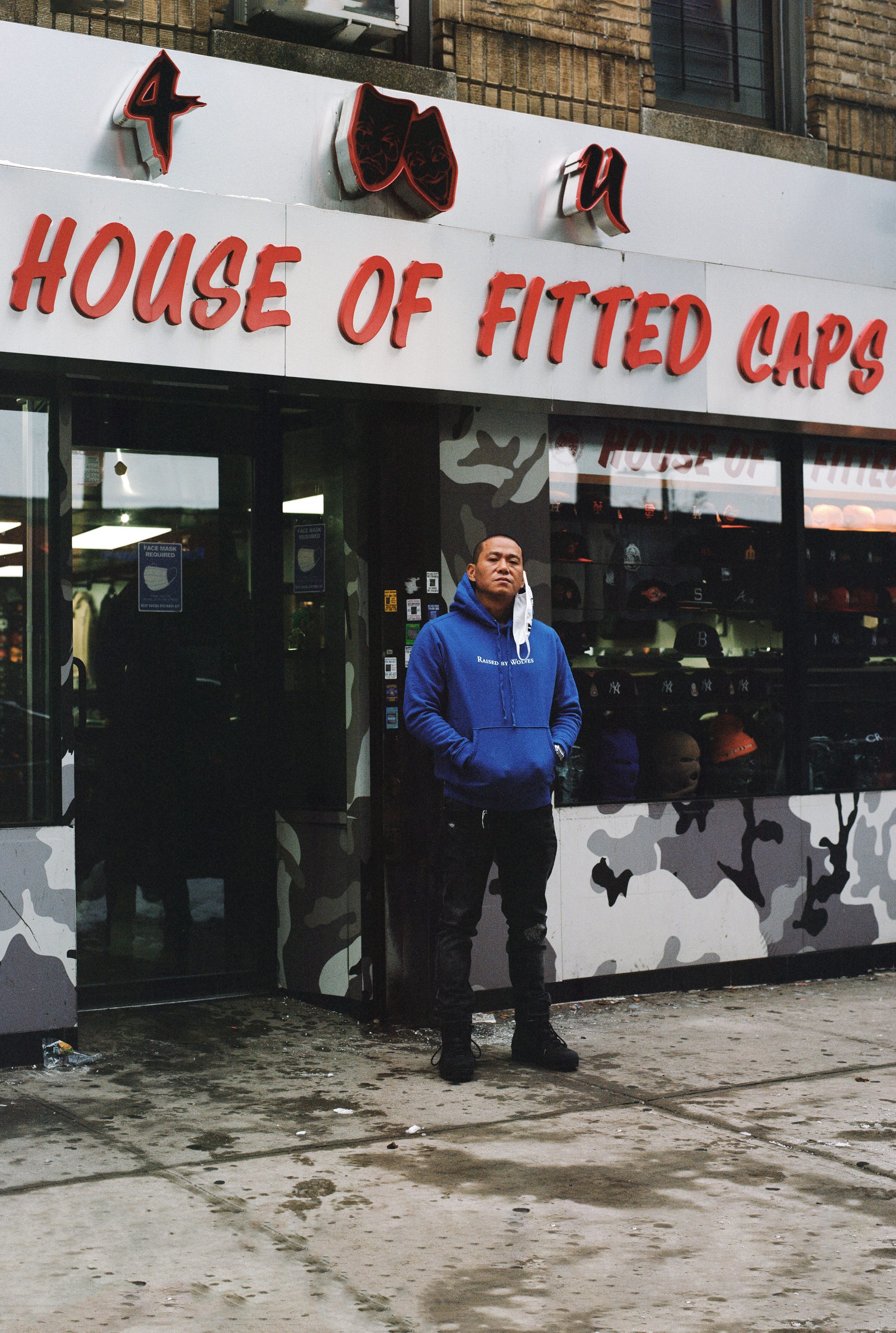
Li Huang, owner of 4U House of Fitted Caps in the Bronx. Lucas Creighton.
“You wear these hats because they represent your city. They represent, you know, how you feel about where you’re from,” explains John “Jae Tips” Cotton, a musician and designer who has collaborated with Hat Club. And like limited-edition sneakers, there’s a certain collectability to them “like baseball cards, Pokémon cards,” adds Cotton. “I feel like that was where the thrill of wanting to have something rare, you have something special came from.”
The caps are also less expensive than sneakers. And for tastemakers, they offer a canvas for self-expression. “If you love shoes, your only real option is to be a consumer,” says Cotton. New Era offers product customisation to partner stores, but some in the scene, like Cotton, go further, adding custom embroidery to existing hats and selling them via their own channels.
Fitted caps also provide a sense of belonging, which has become especially important in the era of social distancing. “There’s this sense of people needing and desiring a sense of community and connection to something positive,” says Satchel.
Satchel sees Hat Club’s Farnham — who not only runs the store but designs Hat Club’s custom collections with Jon Nyguyen, the company’s internal buyer — as a kind of community organiser, too. “He is not only talking to the community and listening to the community, but he’s also the guy living in the community,” says Satchel.
It’s just as important as sneakers.
In turn, Farnam hires people from within the fitted cap scene because they share the same love for the culture, citing Cotton, as well as Brandon “Wiz” Koger, James “Yote City” Noble and Terrel “Tmark” Marcus, who were originally hat consumers but have since cultivated followings and developed their own designs, which, like Farnham’s, command high resale prices on sites like Grailed and eBay, sometimes reaching as much as $400.
“They do a great job at marketing stuff well, you know, and the fact that they embrace the independent local guys, I think helped drive the business as well,” says Huang.
The culture has also flowered online, helping to turbocharge sales especially during the pandemic. Hunter points to the rise of “hat battles” on Instagram Live, online forums dedicated to hats and YouTube unboxing videos as just as important to the scene as the physical meet-ups organised by the community’s so-called “secret society” at Hat Club, “a double entendre” for the kinship the scene has fostered.
“These guys are investing their marketing dollars and time in promoting the product,” says New Era’s Keough, drawing a comparison to “Nike Talk, Hypebeast forum days, when sneaker culture and streetwear started ramping up. If you were to look at like Ronnie [Fieg of Kith] or Deon Point or somebody like that who would go on a Live…and you see the following that they get because of the sneakers, these guys are starting to have that but for fitteds. It’s amazing.”
Additional reporting by Noel Bronson.
Related Articles:
How Adidas Converted the Cool Kids
Inside New York’s New Downtown: Fluid and Free
James Jebbia on Taking Supreme Global

